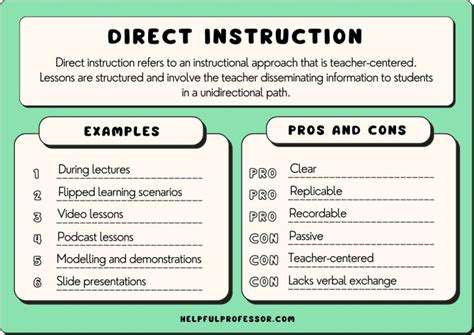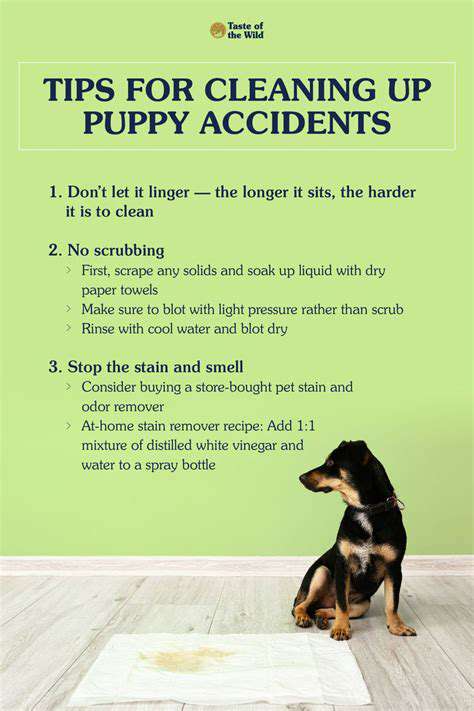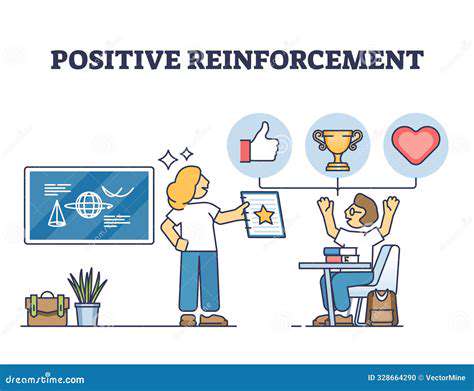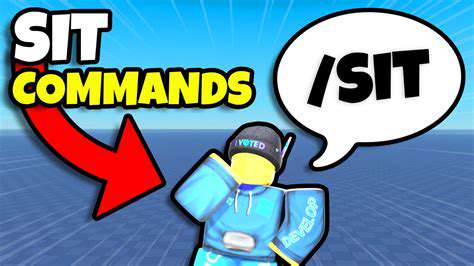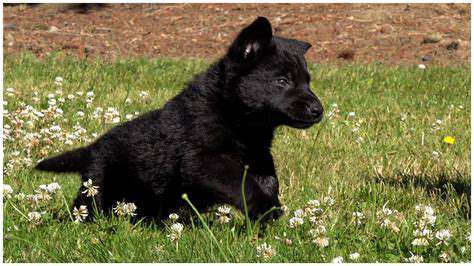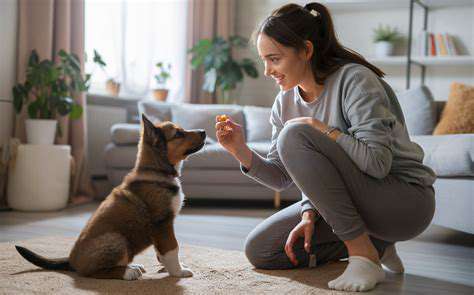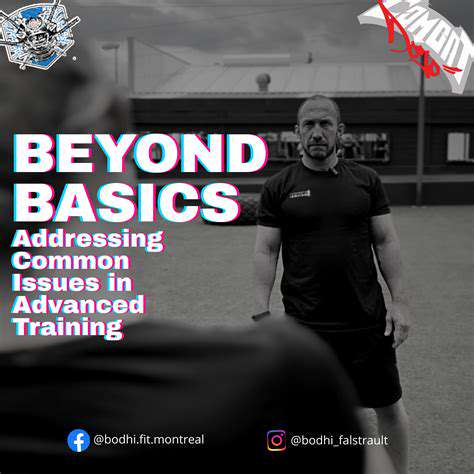Refining Skills: Basic Command Training for Older Puppies (6 12 Months)
Understanding the Importance of Consistency
When training dogs, sticking to a routine is everything. Dogs thrive on predictability, quickly learning which actions earn rewards and which don't. This clear cause-and-effect relationship builds trust between owner and pet. When commands change randomly, dogs become confused, making training frustrating for everyone involved. The secret? Set clear rules and follow them - even with distractions present.
Timing matters tremendously with rewards. The quicker you praise good behavior, the stronger the connection forms in your dog's mind. Picture it like instant feedback - the dog understands exactly which action caused the positive outcome. This immediate response helps cement the behavior in their memory.
Creating a Positive Training Environment
Dogs learn best in relaxed, happy settings. Never shout or intimidate - instead, shower them with treats and affection when they get it right. This positive approach strengthens your bond while making training enjoyable. Keep the atmosphere calm and encouraging to reduce stress and improve cooperation.
Distractions will happen, but you can use them to your advantage. Start with mild interruptions (like a quiet noise) and slowly increase difficulty as your dog improves. With practice, they'll learn to focus despite distractions, building impressive concentration skills.
The Correct Method for Teaching Sit
Teaching sit starts with a simple lure technique. Hold a treat near your dog's nose, then slowly move it upward and backward over their head. As their bottom naturally lowers, clearly say sit and immediately reward the position. Gradually phase out the hand motion until they respond to just the verbal cue.
Mastering the Stay Command
Once sit is solid, introduce stay. Have your dog sit, then say stay while holding up your palm. Start with brief durations (2-3 seconds), then slowly increase the time. Always reward successful stays immediately. Combine clear hand signals with verbal commands for best results.
Teaching the Down Command
For down, hold a treat near your dog's nose, then slowly lower it to the ground between their paws. As they follow it down, say down and reward when their elbows touch the floor. Gentle chest pressure can help at first. Use consistent verbal and visual cues to reinforce this position.
Practice down frequently in short sessions. Consistent repetition with positive reinforcement helps dogs master this important command.
Understanding Body Language and Cues
Successful training depends on reading your dog's signals. Watch their ears, tail, and posture to gauge their understanding. Match your commands to their reactions for clearer communication. Always use the same words and hand motions so they learn faster.
Troubleshooting Common Challenges
Every dog learns differently. If they struggle with stay, shorten the duration and reward more often. For distraction issues, practice in quiet spaces first. The keys? Patience, consistency, and positive reinforcement solve most training hurdles.
Remember - no dog masters commands overnight. Celebrate small wins and adjust your methods as needed. Training is a journey you take together.
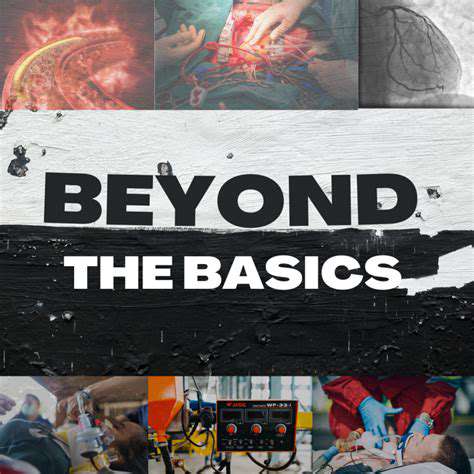
Building on Consistency and Patience

Consistent Effort Fuels Long-Term Success
Lasting achievement comes from regular effort, not occasional bursts. Whether training dogs, building skills, or improving health, small daily actions create real progress. This steady approach proves more effective than inconsistent intense efforts that lead to burnout. The compound effect of daily practice builds unstoppable momentum.
Patience as a Catalyst for Growth
Real growth takes time - a hard truth in our instant-gratification world. Patience transforms frustration into perseverance, letting you work through plateaus. It allows for necessary adjustments without abandoning goals. This mindset shift is crucial for any long-term endeavor.
Overcoming Obstacles with Resilience
Setbacks test our commitment. Resilience means viewing challenges as temporary, not permanent failures. Each obstacle overcome makes you and your dog stronger. Adopt a learner's mindset - every difficulty teaches valuable lessons.
Importance of Goal Setting for Sustained Progress
Clear goals act like roadmaps. Break big objectives into achievable steps to maintain motivation. Measurable milestones provide encouragement while keeping you on track. Celebrate each small victory along the way.
Adapting Strategies for Optimal Results
What works today might need adjustment tomorrow. Stay flexible and observe what yields results. Regular evaluation helps fine-tune your approach. This adaptability ensures continuous improvement.
Maintaining Motivation Through Self-Care
Sustained effort requires energy. Prioritize rest and recovery as much as training. Balanced routines prevent burnout while keeping motivation high. Remember - you can't pour from an empty cup.
Addressing Potential Challenges and Avoiding Common Mistakes
Identifying and Overcoming Obstacles
Honest self-assessment reveals growth opportunities. Notice where you or your dog struggle most, then address those areas specifically. Seek advice when stuck, and remember - progress isn't linear. Kindness toward yourself and your pet makes challenges easier.
Common Pitfalls to Avoid
Focusing only on end goals creates frustration. Instead, value the daily practice itself. Sporadic intense sessions prove less effective than regular short practices. Consistency beats intensity every time.
Maintaining Motivation and Avoiding Burnout
Adjust goals as needed to stay challenged but not overwhelmed. Recognize small improvements - they add up. Proper rest and nutrition fuel better training sessions for both you and your dog.
Adapting to Changing Circumstances and Unexpected Setbacks
Life brings surprises. The most successful trainers stay flexible, adjusting methods when needed. View setbacks as data points, not failures. Each teaches valuable lessons for future success.
Read more about Refining Skills: Basic Command Training for Older Puppies (6 12 Months)
Hot Recommendations
- The Impact of Early Socialization on a Dog's Interaction with Other Animals
- Car Travel and Puppy Socialization: Making the Journey a Positive Experience
- The Importance of Early Environmental Exposure for Puppy Development
- Taking Your Puppy to the Vet: Positive Socialization Strategies
- Making Training a Positive Experience for Your Puppy
- Public Transportation and Puppy Socialization: A Step by Step Guide
- Safe Socialization: Allowing Others to Pet Your Puppy
- Helping a Puppy Who Struggles with "Stay"
- Positive Puppy Interactions: Making Meetings with New Friends Fun
- No Treats Needed? Training Basic Commands with Verbal Praise
